|
One of the first patterns I drafted was for a pencil skirt. I found directions online, and followed carefully, measuring and drawing and fretting about quarters of an inch. Those were early days! I have since used my pencil skirt pattern many times, since it calls for so little fabric, making it a good go-to for stash-busting! So here's a picture of a bit of lovely golden damask from my stash, folded selvedge to selvedge, with the pencil skirt pieces laid on top. The Center Front (left side of picture) is on the fold. The Center Back (right side) is on the selvedges. Plenty of fabric for a pencil skirt, but why not use bit more of that lustrous fabric? PLANNINGThe left-hand picture above shows my quick sketch of the pattern manipulation that makes a tulip skirt. A tulip skirt has fullness at the top, made with gathers or pleats, but no excess fullness at the bottom. The right-hand picture is the altered pattern, slashed and spread at the top, with the new width determined by my fabric. Note that the new hemline (bottom) is curving, meaning that it is straight on grain at Center Front, but is bias on the sides. This plays into my hemming later. Also, ignore the directions of my arrows in the pleats at top; I drew them wrong... it looks like I intend to make a box pleat with each, but actually, I made knife pleats and never got around to correcting the pattern. Another interesting thing: while my pencil skirt has a front and back which differ in the size and depth of their darts, I did this skirt with only one pattern piece. I figured that with the extra fullness, it would not need to be different in the back. So I simply cut the front on the fold and the back as two pieces with a little extra seam allowance for a Center Back seam. The Center Back edges are on the selvedge. CONSTRUCTIONHEMMING Click on the first picture to see up close and to read captions. Remember how I said the bottom was partly on the bias? So I thought it might make the hemming a little wonky... hard to turn up an even amount when some is off-grain. Besides, I love finishing hems with tape: it's functional and beautiful. In this case I used double-fold bias tape because I had it on hand. Starting at the Center Back seam, I sewing the bias tape to the front of the skirt. If you look at the first picture above, you'll see how I started the tape off with a folded edge. The second picture shows the finish, overlapping the fold. Once I fold the bias tape down, this hides all raw edges. At this point, hemming was easy: fold it up and press it; pin in place, and hand-finish. The best part was that I could conceal all my hand-stitches--on the outside of the garment they are tiny and go the same direction as the floater threads so they blend in; on the inside, they hide inside the fold of the bias tape. CENTER BACK CLOSURE FINISHED The work of a day, finally done! It fits and is sweet and demure. I shall get a picture of myself wearing it soon, and put it in my portfolio.
4 Comments
Quinn Swoboda
2/22/2017 08:52:57 pm
Karen, I learned so much from this. I've never used bias tape because I didn't understand it. But it looks easy and so slick.
Reply
Hi Quinn! I'm so glad it was useful! I enjoy teaching things (case in point: this blog), so it's wonderful to know someone is learning from them!
Reply
Hello !
Reply
Thanks for your question, Chantal! Let me clarify several things about the bottom of the paper pattern, and hope I answer your question in the process.
Reply
Leave a Reply. |
Karen Roy
Quilting, dressmaking, and history plied with the needle... Sites I EnjoyThe Quilt Index Categories
All
Archives
March 2024
|
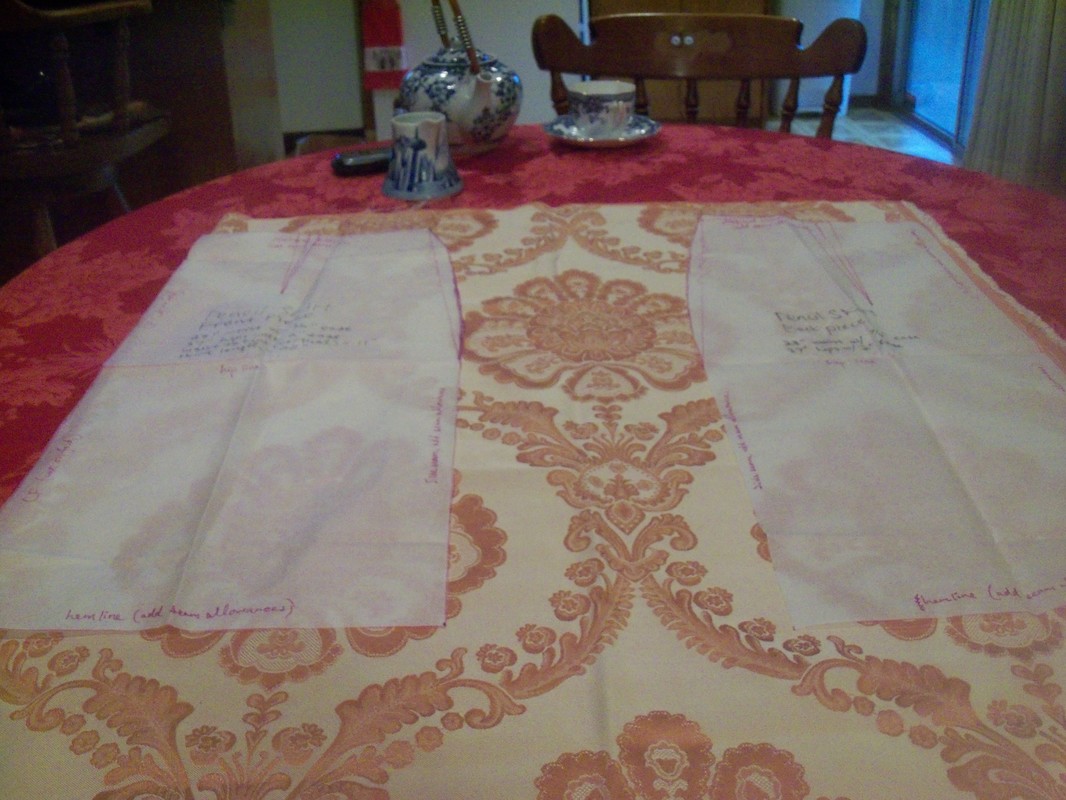
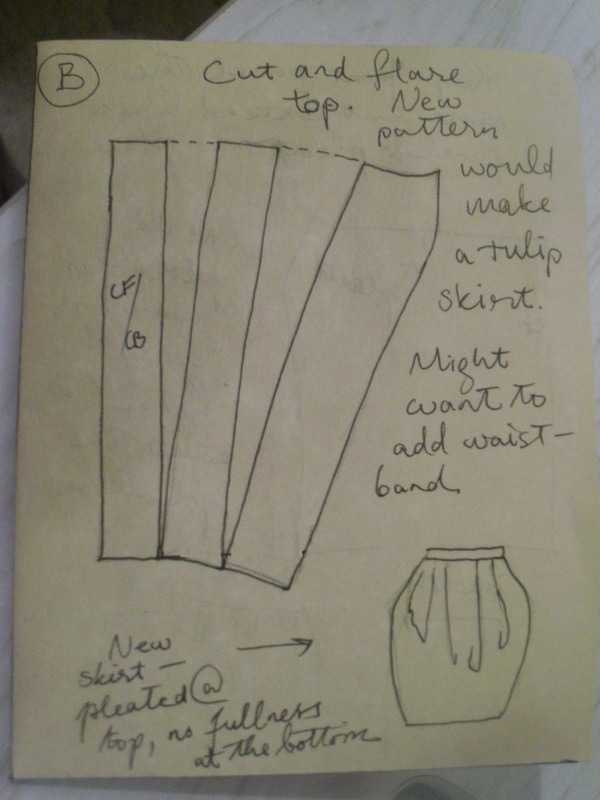
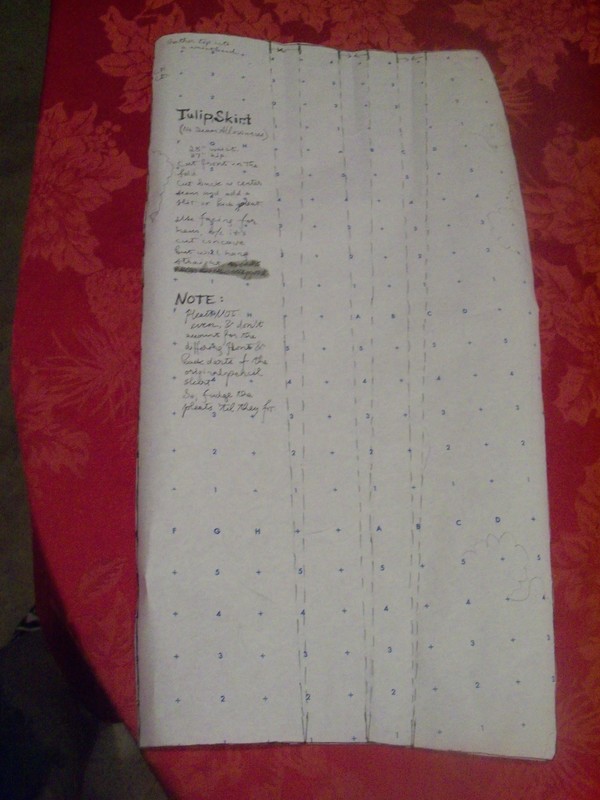
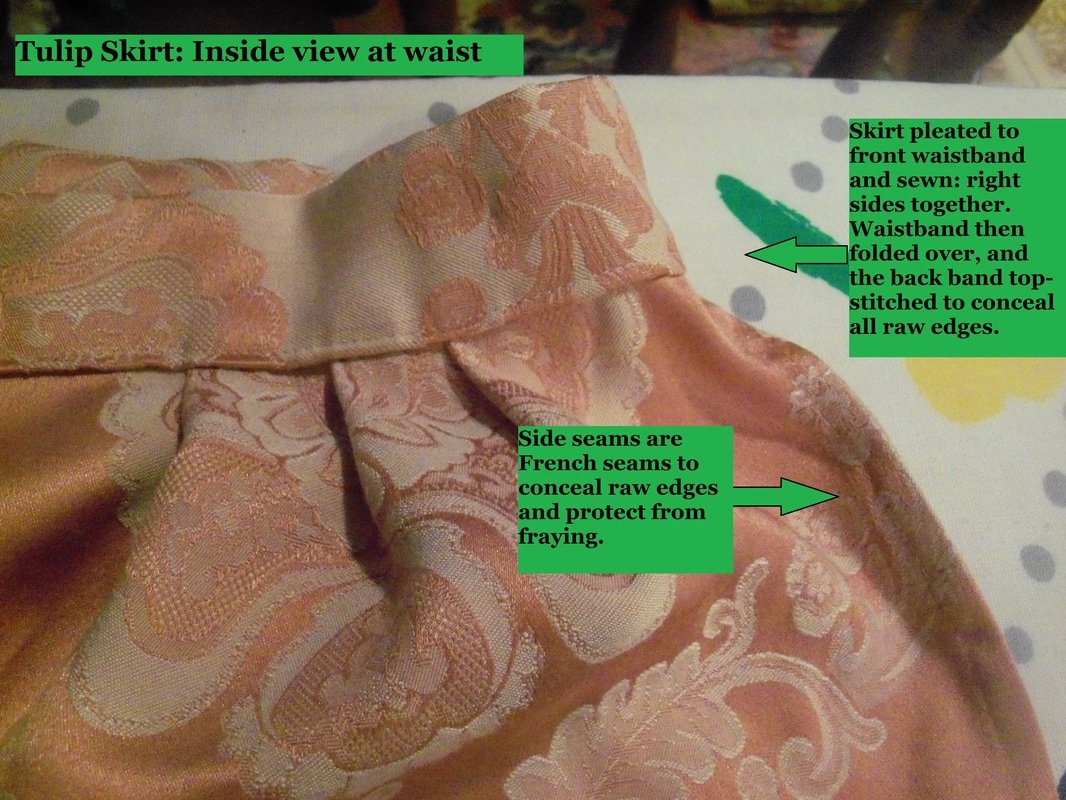
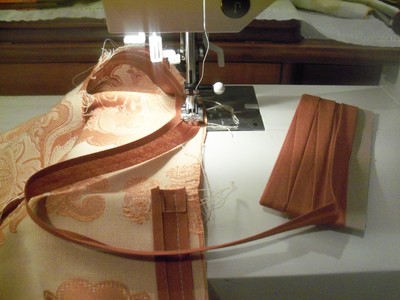
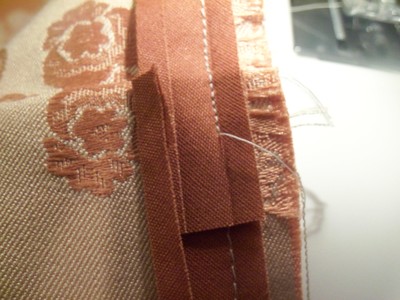
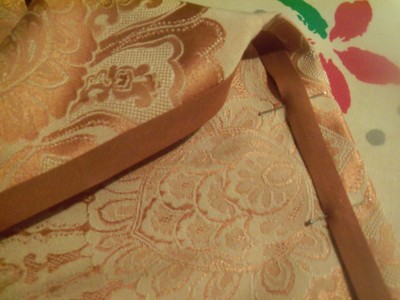
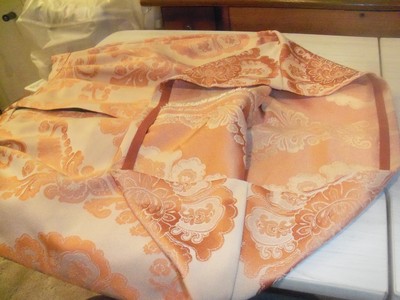
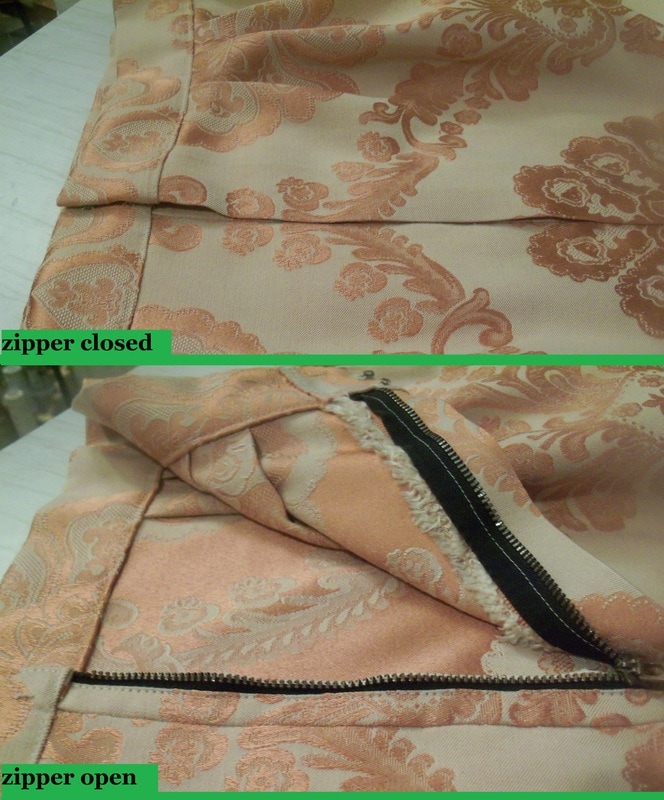
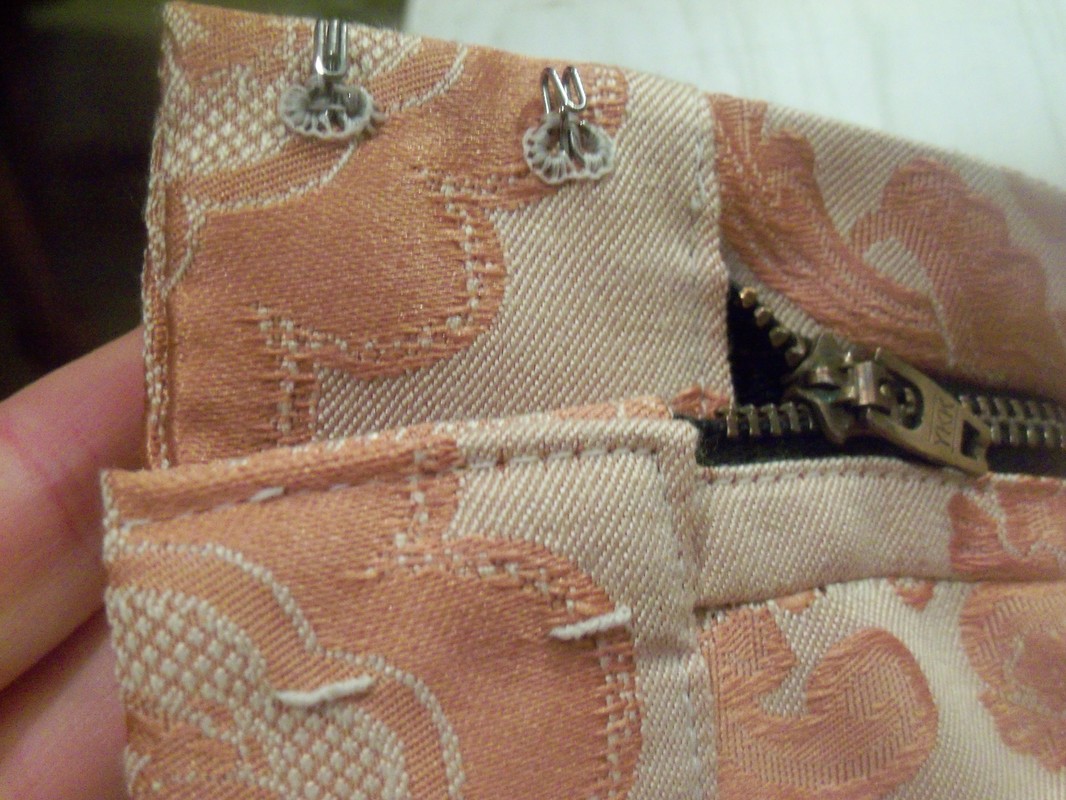
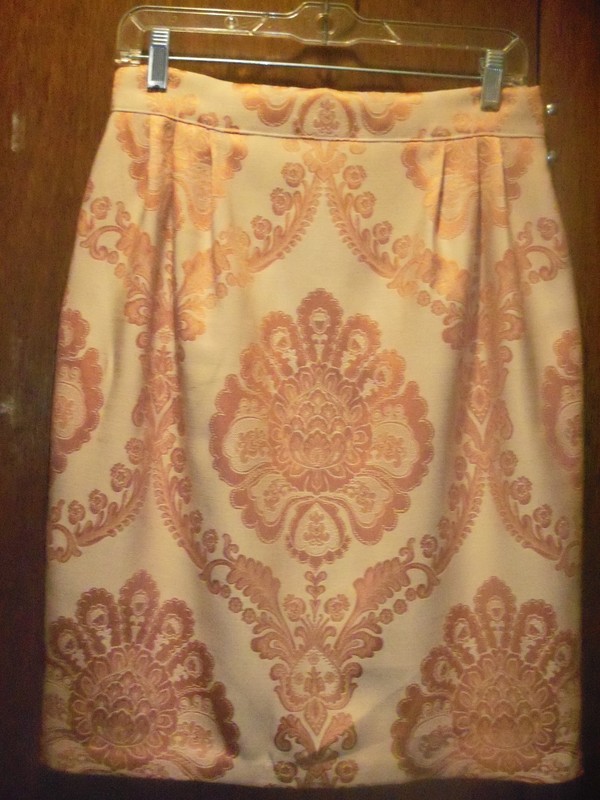
 RSS Feed
RSS Feed